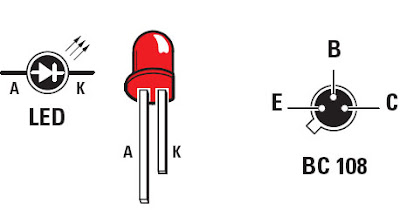 Figure 1: Diagram of the circuit flash LED and components list.
Figure 1: Diagram of the circuit flash LED and components list. I had a high brightness LEDs, such as the one you use in assembling EN5050 and I tried to design a flash using only a single integrated circuit CD4093 banal and two transistors, a PNP and NPN 2N3906 2N2222 . These transistors have nothing critical (I chose because I had them) and will be replaced by any other PNP and NPN equivalent.
As shown in the wiring diagram in Figure 1, I set up the first two NAND gates IC1/AIC1 / B to perform a reverse floor oscillator producing a square wave.
The output of gate IC1 / B is used to drive the base of the PNP transistor TR1 and the output of the third gate IC1 / C is used to drive the NPN transistor TR2.
The cathode K of the LED DL1 is connected to the collector of transistor TR2 and the anode A resistance R7. When the cursor turns trimmer R2 is varied the frequency of "flashes" (lightning).
The circuit operates at a voltage of about 12 to 15 V.
 Figure 2: Pinout top view of integrated circuit, transistors viewed below and the LED front view.
Figure 2: Pinout top view of integrated circuit, transistors viewed below and the LED front view. Component List
R1 ..... 2.2 M
R2 ..... 4.7 M trimmer
R3 ..... 2.2 k
R4 ..... 10 k
R5 ..... 2.2 k
R6 ..... 100
R7 ..... 100
TR1 .... PNP 2N3906
TR2 .... NPN 2N2222
IC1 .... CD4093
DL1 .... High Brightness LED
S1 ..... switch
Editor's Note
Because the circuit CD4093 has four doors, to avoid self-oscillation, it is better to connect the two ground unused inputs (pins 12-13 of IC1 / D).
















